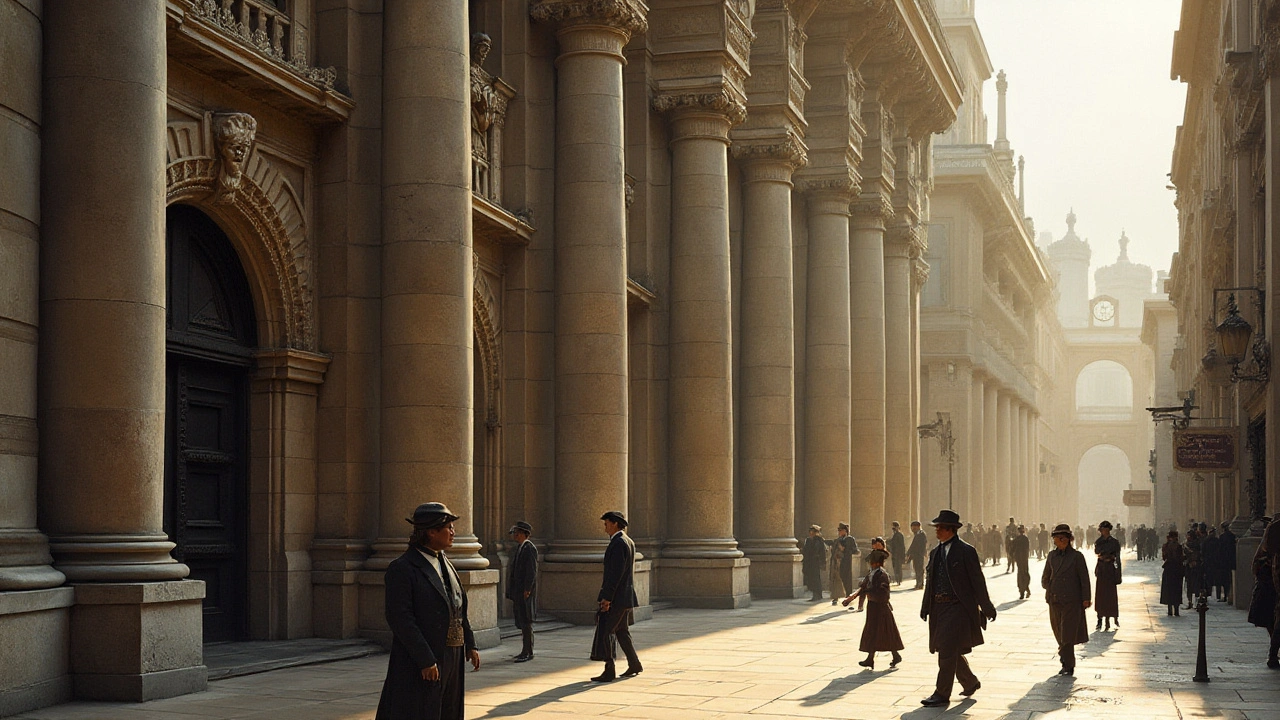Beaux-Arts Architecture: How to Spot, Appreciate, and Preserve It
Beaux-Arts architecture is the kind of building that makes you pause — big, balanced, and dressed up with classical details. Born at the École des Beaux-Arts in Paris, the style spread worldwide in the late 1800s and early 1900s. Cities used it for museums, train stations, libraries, and courthouses because the style reads as formal and public-friendly. If you want to recognize Beaux-Arts fast, look for symmetry, grand staircases, and lots of carved ornament.
Key features show up in predictable places. Facades are symmetrical and centered on a strong entrance. Columns, pilasters, pediments, and balustrades echo Greek and Roman models. Look for sculpted figures, wreaths, swags, and cartouches around windows and doors. Rooflines often include domes, mansards, or wide cornices that crown the composition. Materials are usually stone, terra cotta, or smooth stucco, finished to look substantial and permanent.
How to Read a Beaux-Arts Building
Start at eye level and work up. The base often feels heavy — big steps or low plinths lead to a raised main floor called the piano nobile. The middle holds most windows and ornament. Finally, the top has a clear end: a cornice, a balustrade, or a dome. That three-part structure creates a pleasing rhythm. Notice repeated motifs like carved laurel wreaths or identical window surrounds. Architects used repetition to guide your eye and reinforce authority.
Lighting and scale matter. Beaux-Arts buildings were designed to impress at both close range and from a distance. The ornament gains contrast in sun and shadow, so photographs taken in late afternoon often look best. If you want a strong shot, position yourself slightly below the main entrance and include the steps to show scale. Capture details like keystones or cartouches with a telephoto lens to avoid distortion.
Preservation Tips and Common Challenges
Preserving Beaux-Arts buildings is practical work. Stone and terra cotta face weathering, biological growth, and previous bad repairs. Good conservation starts with gentle cleaning, testing old mortars, and matching new materials to original ones. Replace broken terra cotta pieces with replicas made from similar clay and glazes. For carved stone, use conservative repairs that keep original fabric visible whenever possible. Modern interventions should be reversible and documented.
If you own or manage a Beaux-Arts building, plan maintenance schedules. Inspect roofs and rainwater leaders first — most masonry problems start with water. Hire a conservator for condition assessments and avoid aggressive sandblasting or harsh chemicals. When restoring metalwork, remove rust, prime, and repaint using breathable coatings that allow the building to shed moisture naturally.
Beaux-Arts buildings anchor neighborhoods. They connect local history with daily life. Next time you pass a formal library, train station, or museum, stop for a minute. Read the facade from base to crown, notice the repeated themes, and imagine the civic ambitions that built it. That simple act makes any city feel richer and more layered.
Share photos, tag preservation groups, and join local tours to support care for these civic landmarks near you today.

Exploring the Hidden Gems of Beaux-Arts Architecture
Beaux-Arts architecture, known for its grandeur and classical elegance, hides a world of artistic intricacies often overshadowed by its monumental scale. Originating in France, this architectural style marries historical references with technical precision, creating buildings that are both imposing and detailed. This article delves into the lesser-known aspects of Beaux-Arts, uncovering its cultural influences and the craftsmanship behind its iconic structures. Readers will gain an understanding of how these buildings reflect the societal values of their time, while appreciating the masterful skills that shaped them.
Read more